The content of the article
- 1 What does a reptile look like?
- 2 Snake's natural habitat
- 3 Reptile distribution area
- 4 Features of reptile behavior
- 5 Subpopulations of reptile
- 6 How do reptiles get food?
- 7 Who is the snake wary of?
- 8 Can I make a reptile a pet?
- 9 How to equip a terrarium for a reptile?
- 10 What does a snake eat?
- 11 Are safety precautions necessary?
- 12 Reptile health
- 13 How to breed snakes at home?
- 14 Recommendations for the purchase of tortilla snake
- 15 Video: corn snake (Pantherophis guttatus)
Corn tortoise is one of the most prominent representatives of the genus Pantherophis. From the fact of his belonging to the family of already common, it follows that representatives of this species are not toxic. There is another unofficial name for the reptile is the “red rat snake”. The reason for its appearance was the unusual appearance of the animal. The snake is not limited to this name. It is known that if such an individual falls into the collection of exotic animals, then the owners call it guatata.
What does a reptile look like?
The maximum length of an adult is 2 m. Usually, the average snake reaches 1.5 m. Today, scientists have recorded a large number of snake varieties, in particular, which differ in skin color. Despite this, it is generally recognized that the main color of the reptiles is highlighted - a bright orange background, which is decorated with coal-black stripes, which in turn are covered with variegated red spots on both sides. The abdomen of the snake is decorated with a pattern resembling a geometric pattern: a mesh of black and white characteristic of reptiles.
Snake's natural habitat
In most cases, the maize snake is predominantly an earth dweller. But he is not limited only to this and cleverly mixes along the trunks and branches of trees, as well as in the thick of shrubs.
Interesting fact!
The origin of the second name of the maize snake is popularly explained by the frequent presence of the snake near granaries and vast corn plantations. These places attract the reptile with a large number of rodents, which he often hunt. However, there is another version based on the assumption that the pattern adorning the reptile’s belly is very similar to the pattern made up of corn on the cob.
Reptile distribution area
In the natural habitat of the maize snake you can often meet in the territory of forests where deciduous trees grow. In addition, snakes quickly inhabit the badlands located next to the rocks. The territory of the Mexican villages and the Cayman Islands are famous for huge populations of snakes of this species. A particularly large number of individuals live near farms and villages.
Features of reptile behavior
In the wild, the snake lives on the earth for about 4 months. After that, it is usually mixed into trees, shrubs and other hills, which can also be cliffs and rocks. Adults often lead a half arboreal, half earthy way of life.
Subpopulations of reptile
The Maize snake is characterized by a large number of subspecies, the distinguishing features of which are the unusual color of the reptiles. Such subspecies in biology are called morphs. Consider the most famous examples.
- If the reptile does not have black color, then it is most likely that it can be attributed to a morph under the name Amelanism. The skin of snakes of this subpopulation is colored light pink or red.
- A subpopulation of Hypomelanism is represented by snakes, whose body is covered with polynomial scales of brown and gray shades.
- The lack or complete absence of yellow pigment are hallmarks of morph snakes called Charcoal. The individuals of this subspecies have a color in which gray and brown colors and their shades prevail.
- Reptiles with a mutation that eliminates the red color by replacing it with the numerous yellow hues that dominate the color of snake skin belong to the morph. Caramel.
- The reptiles of the subspecies “Lava” are snakes with dominance in the color of black color, often leading to a totally black skin color with light interspersed with light shades.
- Lack of melanin is the hallmark of the Lavender subpopulation. Such an unusual mutation leads to an inimitable natural color that ranges from pink flowers to purple hues.
How do reptiles get food?

Snake hunting time is in the evening or deep night. It is during this period that the snake has a huge advantage - it sees the target very well, which means it successfully reaches it. Who are the victims of the reptile? The diet of the snake includes numerous rodents, such as mice and rats, as well as birds and their offspring, bats.
Who is the snake wary of?
The greatest enemy of the maize snake is such feathered as storks and herons, kites, hawks and eagles. Mammals are also becoming a threat to this species is already indigenous. So, a red rat snake should be wary of wild boars, leopards, jaguars, crocodiles.
Can I make a reptile a pet?
Today, the practice of "domestication" of wild snakes has become widespread. For this occupation, medium-sized individuals are suitable whose character is devoid of a tendency to aggression. The process of keeping snakes in domestic conditions is not a big difficulty. On the contrary, snakes of this species are unpretentious in many matters, which greatly facilitates the life of the owners. However, this fact does not offset the importance of observing basic rules to ensure the necessary conditions for the existence of a pet.
How to equip a terrarium for a reptile?
In order to choose the right terrarium, you need to pay attention to the size of the reptile and its age. The maintenance of young individuals requires a "house", the volume of which is 40-50 liters. An adult snake should be identified in a terrarium, the size of which is 70 cm in length, 40 cm in height, and 40 cm in depth. The volume of such a "home" can reach 100 liters. Shavings of conifers, such as pine, often act as a filler in the aquarium. In addition, often use wood bark, peeled gravel and plain paper. Biologists recommend maintaining lighting in the terrarium using fluorescent lamps.
Pay attention to the fact that in the "home" of the reptile, an angle with a warm temperature reaching 20-30 ° C and a cold, holding about 25 ° C must be arranged. At night, the temperature should not increase more than 23 ° C and fall below 21 ° C. The stabilization of the humidity regime is ensured by a spray gun, which sprays the terrarium space with room temperature water. What else should be in the terrarium? Firstly, a large drinking bowl, and secondly, peeled fragments of roots and snags.
What does a snake eat?
Feeding an adult should occur every week. The diet of maize snake includes small-sized rats, mice and chickens. In order to avoid injuries to the pet, it is better to use not dead, but killed euthanized animals. Before serving, the food must be thawed. The basis of reptile nutrition should include vitamins and minerals in the form of biological additives. Do not forget to regularly change the water, as it must always be clean and fresh.
Are safety precautions necessary?
One of the most frequently asked questions is the following - is the corn snake poisonous, and what are the consequences of following its bite? The answer to it will please many, since the red rat snake is not poisonous, which means it can not harm humans and other pets.
Interesting fact!
The tortoiseshell snake is very similar to a poisonous snake called the Copperhead muzzle. These species are very easy to confuse. However, differences still exist. One of them is the narrowed head of individuals of the second of the named species, as well as the presence of square-shaped spots in the color.
Reptile health
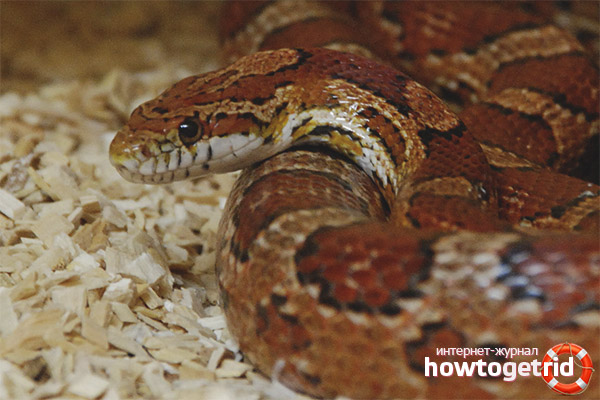
A large number of snakes that were born in captivity, that is, at home, had health problems. This fact is a negative consequence of the growing practice of breeding snakes at home. Among the identified difficulties, deaths without cause and a sharp decrease in life time are most often noted. There are times when reptiles, due to friction on the terrarium, get wounds that need to be treated and treated with disinfecting drugs or antibiotic-based drugs. If an individual is kept without neglecting important rules, its life span can reach 10 years.
How to breed snakes at home?
To breed offspring in an unnatural habitat, it is worth using females that have reached the age of three years, and males at the age of two years. The length of the female should reach approximately 1 m, weight - 0.4 kg. The propagation process can be stimulated by artificial hibernation in the winter, which should last about 2 months. For this, the necessary mode is created, the temperature in which does not exceed 13 ° C.
Interesting fact! Representatives of the newly-born offspring have a tooth that helps them get out of the egg without outside help.
Recommendations for the purchase of tortilla snake
To acquire a reptile of this species today does not present great difficulties. The unpretentious nature of the beloved red rat snake has become one of the main reasons for their widespread occurrence among people fond of exotic animals. A large number of breeders are engaged in its breeding and cultivation at home. Before acquiring a pet, pay attention to the degree of cleanliness of its skin, on which there should be no cracks and parasites. The eyes of a healthy reptile are usually clear, the body is well-fed. Do not be lazy to find out about the origin of the reptile, since the conditions of its maintenance depend on the birth of the snake. Usually easier to take root snakes that were born in captivity.
Video: corn snake (Pantherophis guttatus)

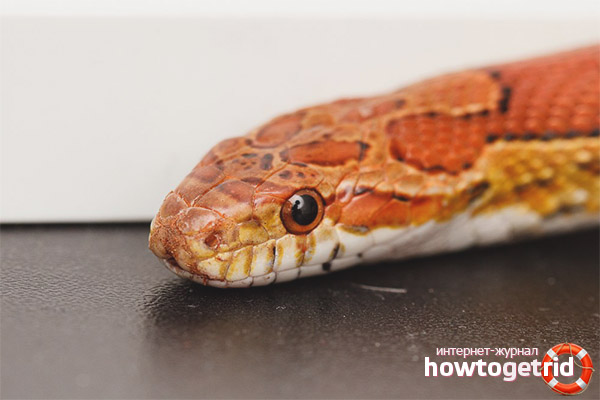

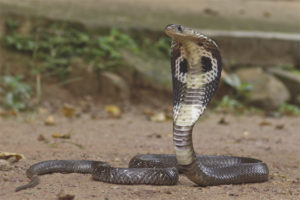
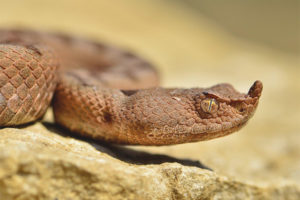
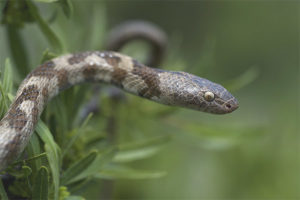
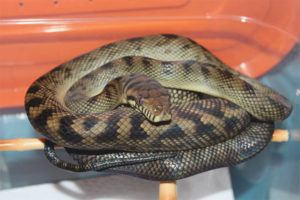
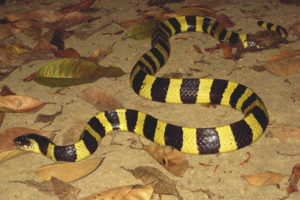

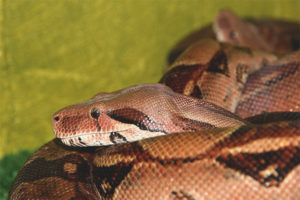
Submit